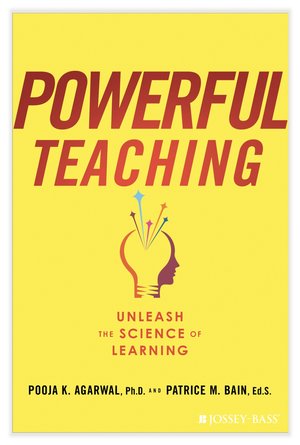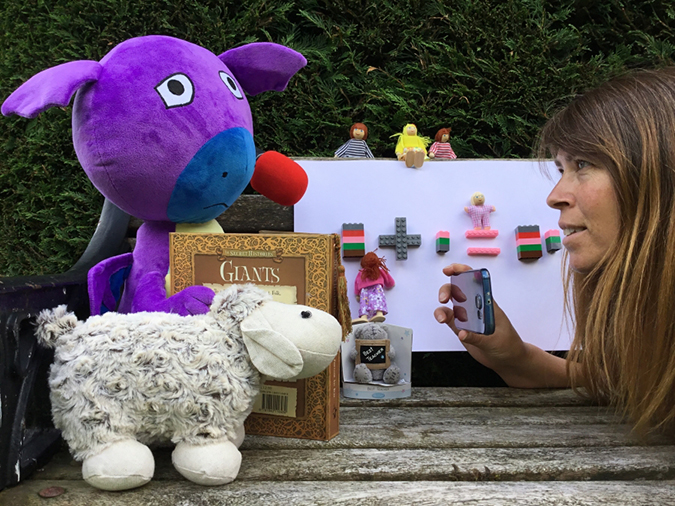Excerpt from The Dialogic Learning Weekly #204 — by Tom Barrett • Issue #204
What, So What, Now What?
Three simple questions that pack a punch when explored together. Use this method when reflecting on a shared experience.
The precise split between what is observed and why it might be meaningful is powerful. It helps participants not get lost in the swamp of interpretation, too soon at least!
The outline of the steps below is from Liberating Structures.
- If needed, describe the sequence of steps and show the Ladder of Inference (see below). If the group is 10–12 people or smaller, conduct the debrief with the whole group. Otherwise, break the group into small groups.
- First stage: WHAT? Individuals work 1 min. alone on “What happened? What did you notice, what facts or observations stood out?” then 2–7 min. in small group. 3–8 min. total.
- Salient facts from small groups are shared with the whole group and collected. 2–3 min.
- Second stage: SO WHAT? People work 1 min alone on “Why is that important? What patterns or conclusions are emerging? What hypotheses can I/we make?” then 2–7 min. in small group. 3–8 min. total.
- Salient patterns, hypotheses, and conclusions from small groups are shared with the whole group and collected. 2–5 min.
- Third stage: NOW WHAT? Participants work 1 min. alone on “Now what? What actions make sense?” then 2–7 min. in small group. 3–8 min. total.
- Actions are shared with the whole group, discussed, and collected. Additional insights are invited. 2–10 min.














